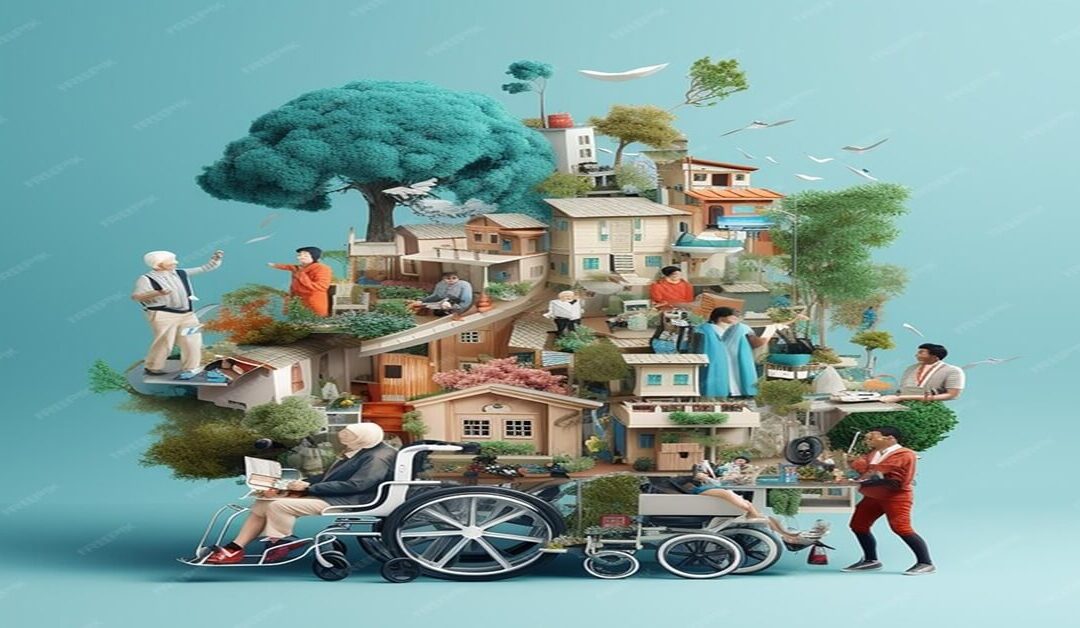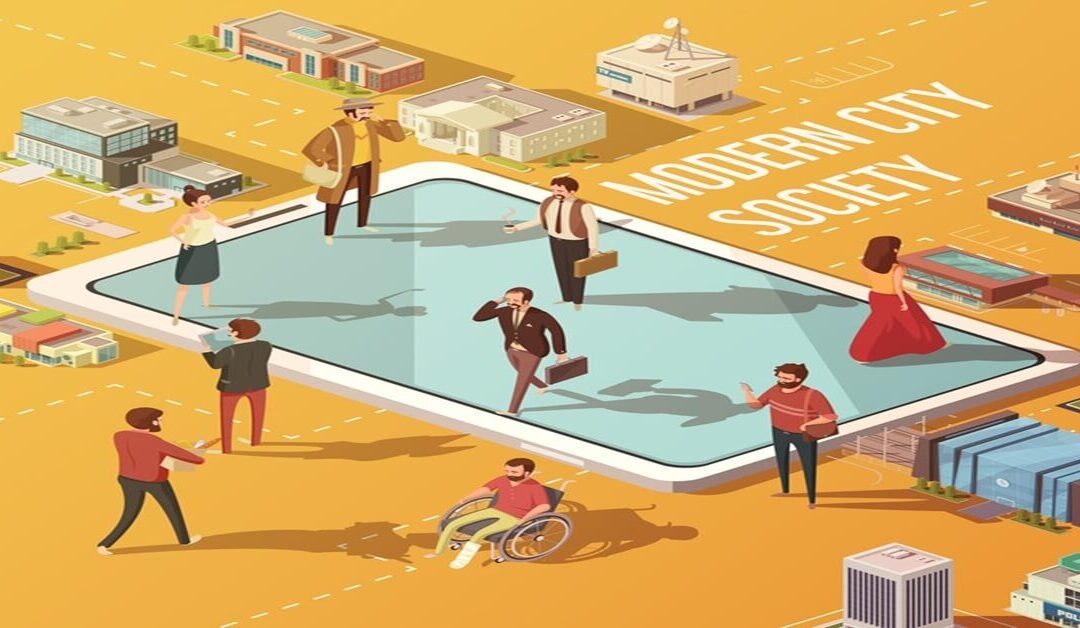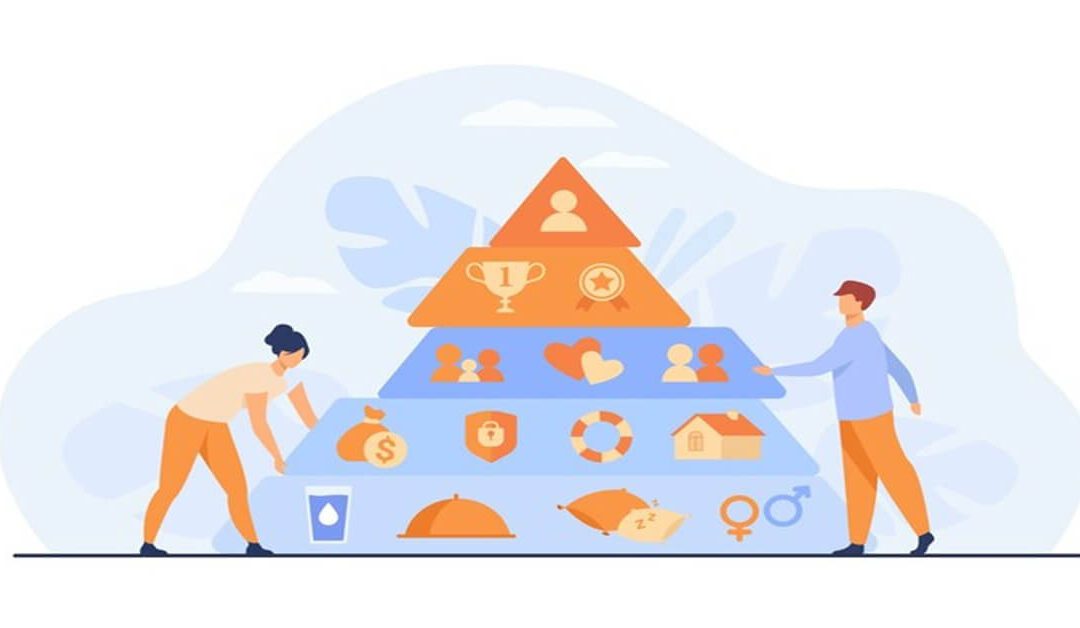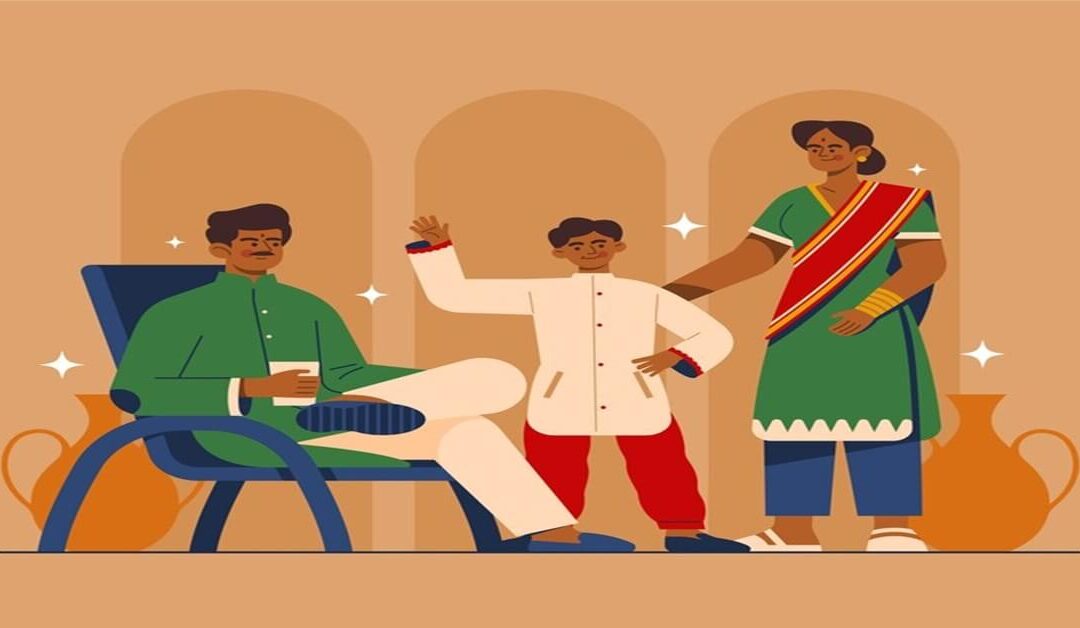
Determinants of Social Mobility: Occupation and Income
Social mobility refers to the movement of individuals or groups within a social hierarchy, often involving shifts in socio-economic status. Two key determinants of social mobility are occupation and income, as these factors play a pivotal role in shaping an individual’s position within society. In the Indian context, where traditional systems like caste intertwine with modern socio-economic dynamics, these determinants hold particular significance.
1. Occupation as a Determinant of Social Mobility
Occupation refers to the type of work or profession an individual engages in. It is a vital determinant of social mobility as it directly influences income, social status, and lifestyle.
a. Traditional Occupations and Caste System
* In traditional Indian society, occupations were largely hereditary and determined by the caste system. For example, Brahmins were scholars and priests, Kshatriyas were warriors, Vaishyas were traders, and Shudras were laborers.
* This rigid occupational hierarchy restricted mobility, as individuals were confined to the professions of their caste, with minimal opportunities for change.
b. Modernization and Occupational Mobility
* The advent of industrialization, globalization, and urbanization has weakened the link between caste and occupation.
* Educationhas become a key enabler, allowing individuals from lower socio-economic backgrounds to pursue professions traditionally unavailable to them. For example, members of marginalized communities have entered fields like medicine, engineering, and public administration.
* Reservation policiesin education and employment have further facilitated occupational mobility for Scheduled Castes (SCs), Scheduled Tribes (STs), and Other Backward Classes (OBCs).
c. Influence of Technology and Urbanization
* The rise of the information technology (IT) sector and service industries has created a surge in white-collar jobs, offering new pathways for upward mobility.
* Migration from rural areas to urban centers for employment opportunities has also contributed significantly to occupational mobility.
2. Income as a Determinant of Social Mobility
Income is another critical factor that influences an individual’s ability to move up the social ladder. It determines access to resources, education, healthcare, and a better standard of living.
a. Income Inequality and Social Mobility
* Income inequality persists in India, with significant gaps between the rich and the poor. This disparity impacts the potential for social mobility, as those with higher incomes can invest more in education and other avenues for advancement.
* For lower-income groups, breaking out of the cycle of poverty often requires systemic support, such as government welfare programs and skill development initiatives.
b. Role of Education in Enhancing Income
* Education has a direct correlation with income levels. Higher education and professional degrees lead to better-paying jobs, enabling upward mobility.
* For instance, individuals from rural or economically disadvantaged backgrounds who secure professional degrees often achieve significant improvements in their income and social status.
c. Dual Income and Women’s Mobility
* The rise of dual-income households, where both men and women contribute financially, has enhanced social mobility, particularly in urban areas.
* Increased participation of women in the workforce, supported by policies like maternity benefits and workplace equality, has bolstered their role in improving household income and societal status.
Challenges to Mobility through Occupation and Income
1. Persistence of Caste and Discrimination:
Despite modernization, caste-based discrimination continues to limit access to certain occupations for marginalized groups.
2. Gender Inequality:
Women in India face barriers to occupational mobility due to societal norms, wage gaps, and limited access to higher-paying jobs.
3. Informal Economy:
A large segment of India’s workforce is engaged in the informal sector, where income is low, unstable, and unregulated, restricting opportunities for mobility.
4. Regional Disparities:
Urban areas offer more opportunities for mobility compared to rural regions, creating a divide between urban and rural populations.
Examples of Social Mobility Through Occupation and Income
1. IT Professionals:
Many individuals from middle-class or rural backgrounds have achieved significant upward mobility through careers in the IT sector, often earning salaries that elevate their socio-economic status.
2. Government Jobs:
Securing a government job, often through competitive exams, has been a traditional route for upward mobility in India, especially for lower-income and marginalized groups.
3. Entrepreneurship:
The rise of start-ups and access to funding have allowed individuals to transcend their traditional socio-economic status through successful ventures.
Conclusion
Occupation and income are interrelated and powerful determinants of social mobility in India. While modernization, education, and government policies have opened new avenues for upward mobility, challenges like caste-based discrimination, gender inequality, and income disparity still persist. To enhance social mobility, efforts must focus on reducing inequalities, expanding access to education, and creating equitable opportunities in the job market. Only then can India achieve a more inclusive and dynamic society where individuals can realize their full potential.







